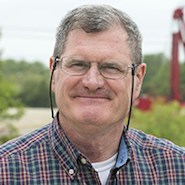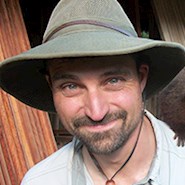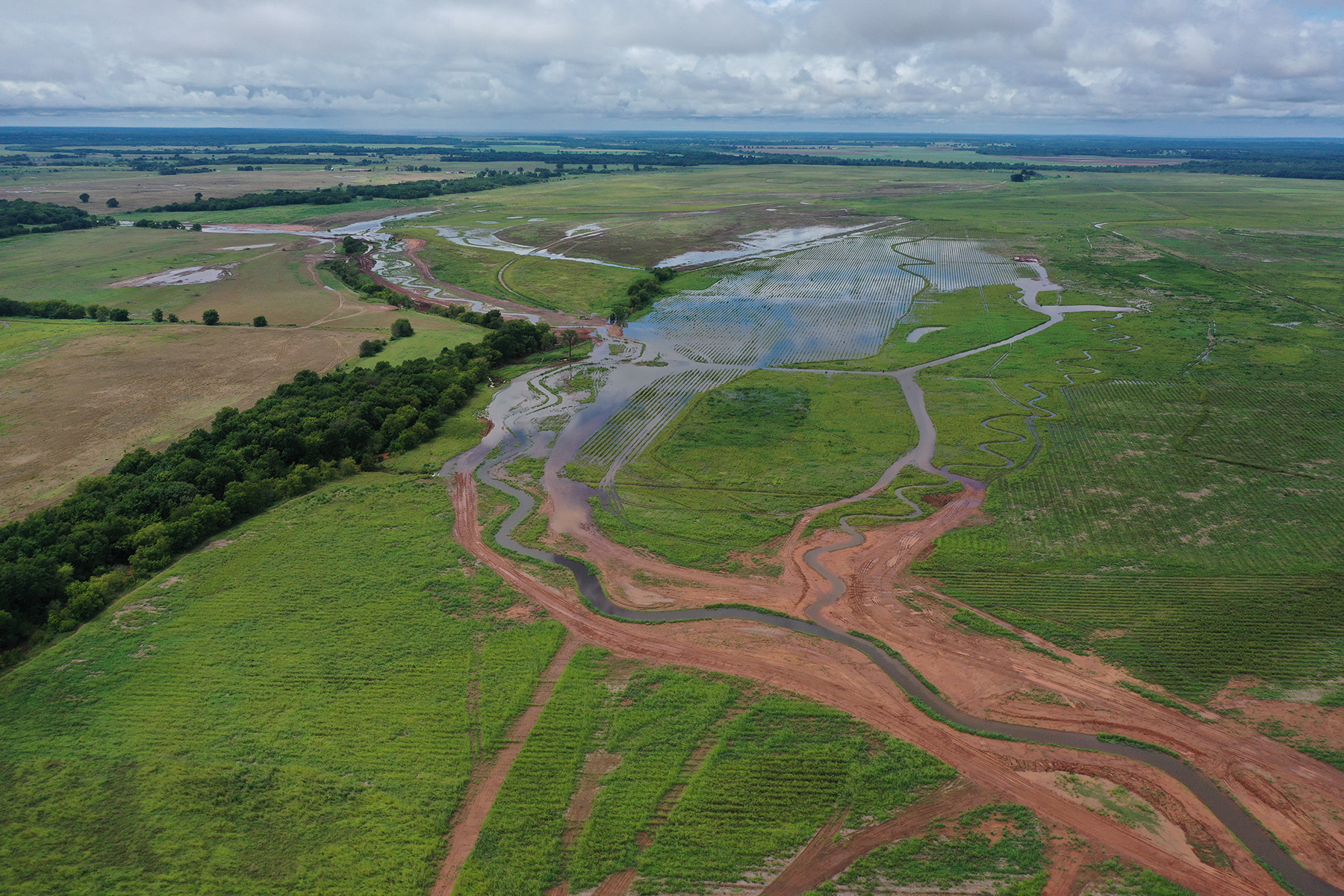
By Steve Long, P.E., and Matt Stahman
One of the largest environmental restoration efforts in the country recently concluded in North Texas, leading to the rebirth of Willow Branch Creek, a stream that is a renewed water source for wetlands, grasslands, and millions of newly planted trees. The multimillion-dollar environmental restoration project is a vital piece in an overarching endeavor — the Bois d’Arc Lake reservoir construction project, which will be completed in 2023.
The North Texas Municipal Water District is in the midst of completing its Bois d’Arc Lake reservoir construction project in Fannin County — the first major reservoir to be built in Texas in approximately 30 years. Besides providing drinking water for 1.8 million people, the reservoir will offer recreational opportunities and be a financial boon to the local economy, pumping an estimated $166 million into the county’s bottom line every year.
Once the new lake is full and operational (sometime in 2022), it will cover thousands of acres of natural habitat. As part of the overall Bois d’Arc Lake reservoir construction project and to help offset the loss of habitat caused by building the reservoir, NTMWD embarked on a major environmental restoration endeavor that involved purchasing about 17,000 acres — including Riverby Ranch, an approximately 15,000‐acre ranch located north of the new reservoir site.
This project incorporated the reconstruction and revitalization of Willow Branch Creek, which sits in the heart of the ranchland, as well as mitigation efforts near the reservoir site, which encompassed planting approximately 5 million trees and 3,200 acres of native grasslands, restoring more than 8,500 acres of wetlands, and enhancing 70 mi of existing streams.
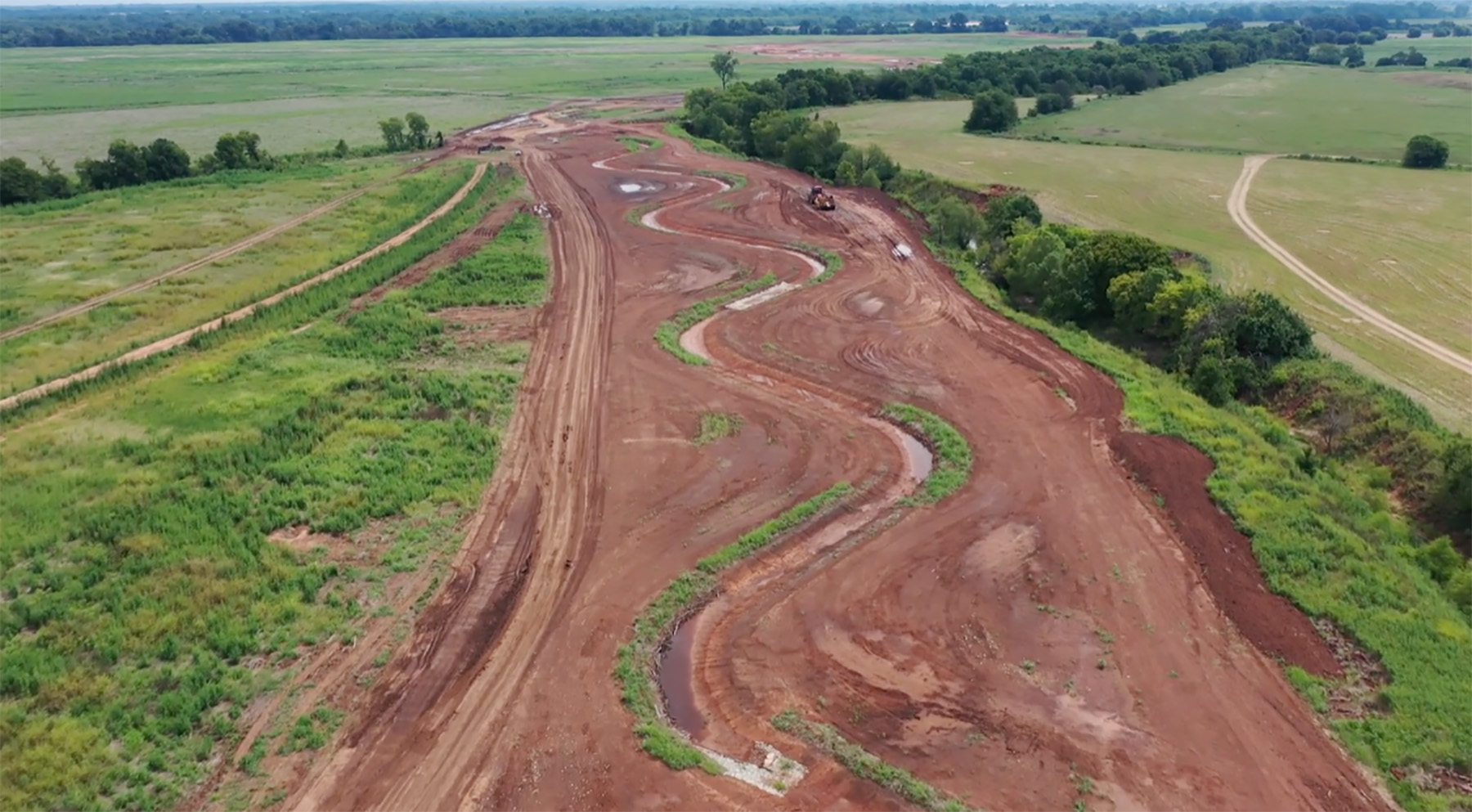
NTMWD hired Freese and Nichols Inc., an engineering, planning, and consulting firm, to prepare the mitigation plan for Bois d’Arc Lake. The plan comprised preliminary improvement designs for Willow Branch. Ecological restoration firm Resource Environmental Solutions was retained as the design-build-operate-maintain contractor, or full-service provider, to return the stream to its pre‐agricultural, natural, meandering condition. RES’s team put its expertise to work to revive approximately 17 mi of Willow Branch Creek and its tributaries.
RES also hired local contractors to expand its workforce to complete Bois d’Arc Lake mitigation. Throughout the project, NTMWD and RES worked closely with county and local officials to ensure that the project considered the requests and interests of residents in the region.
A new beginning
Restoring the creek was the key to ensuring the environmental project’s mitigation efforts were successful. The creek carries approximately 50% of all water that falls within Riverby Ranch’s watershed. This water is vital to the local ecosystem, and nothing grows or survives without it. All the habitats that RES has restored — thousands of acres of grasslands, wetlands and woods — require rain to replenish the water table. By slowing the rain’s runoff rate and increasing groundwater infiltration, the restored habitats can survive and thrive.
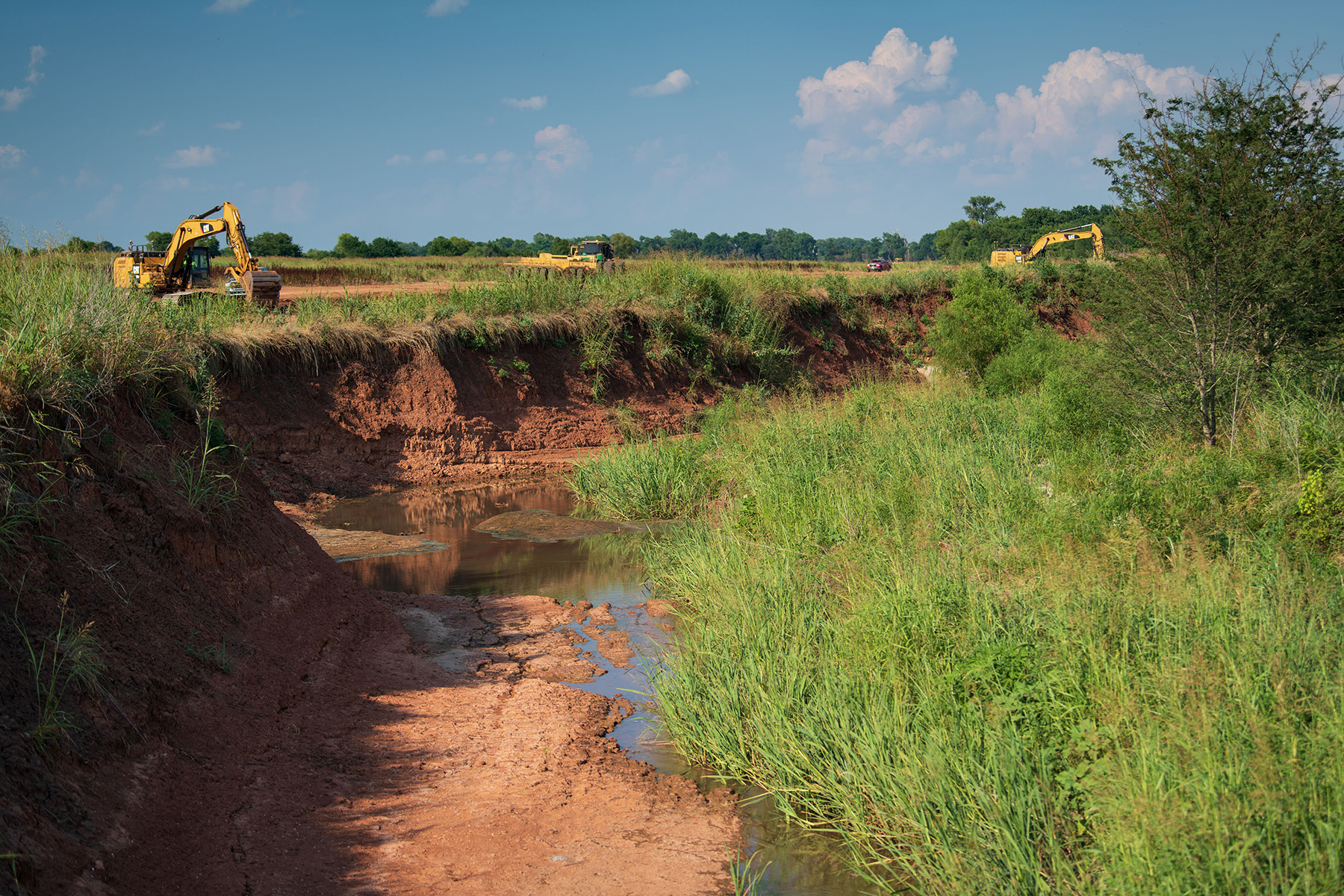
In the case of Willow Branch, water did not stay in its channel long enough to support the new native habitats. To make the surrounding Riverby Ranch’s cotton fields productive, the stream’s path had been modified, or channeled, into a straight line to drain them more quickly. This straightening of Willow Branch and its tributaries resulted in numerous negative impacts to the stability and ecology of the stream. Ditching allowed the stream channels to carry more water away from the farm fields, but it also dug out the vegetation and natural, original bends that held the silty and sandy banks together.
Ongoing erosion caused the creek to develop deeply incised channels with steep, eroded banks. Not only did it become unstable, but productive agricultural land was lost as the channel widened. Furthermore, the water was muddy because it carried large amounts of soil and sediment from Willow Branch into the Red River.
RES needed to reverse this process by reconnecting the stream with its floodplain to rehydrate the landscape. To do this, the team restored the stream to its natural, meandering configuration. This process supports new wetlands as well as vernal pools, riparian buffers, and other types of habitats, and it reduces erosion by spreading out water from heavier rains across the surrounding floodplain.
Slowing water runoff and allowing sediments to drop out — and letting vegetation pick up pollutants and nutrients — significantly improved water quality in the creek and downstream. Willow Branch flows into the Red River, which in turn flows into the Atchafalaya River. The Atchafalaya is a distributary of the Mississippi River, which eventually dumps into the Gulf of Mexico. The Gulf has a hypoxic zone caused by harmful algae that thrive on agricultural and urban nutrients from water in the two rivers. When these algae die, they consume all oxygen in the water, leaving it devoid of life.
The NTMWD and RES teams knew that restoring Willow Branch would help the stream absorb nutrients, sediment, and other pollutants, thus preventing them from flowing downstream. This could help reduce the hypoxic zone in the Gulf of Mexico, potentially improving marine life and commercial fisheries.
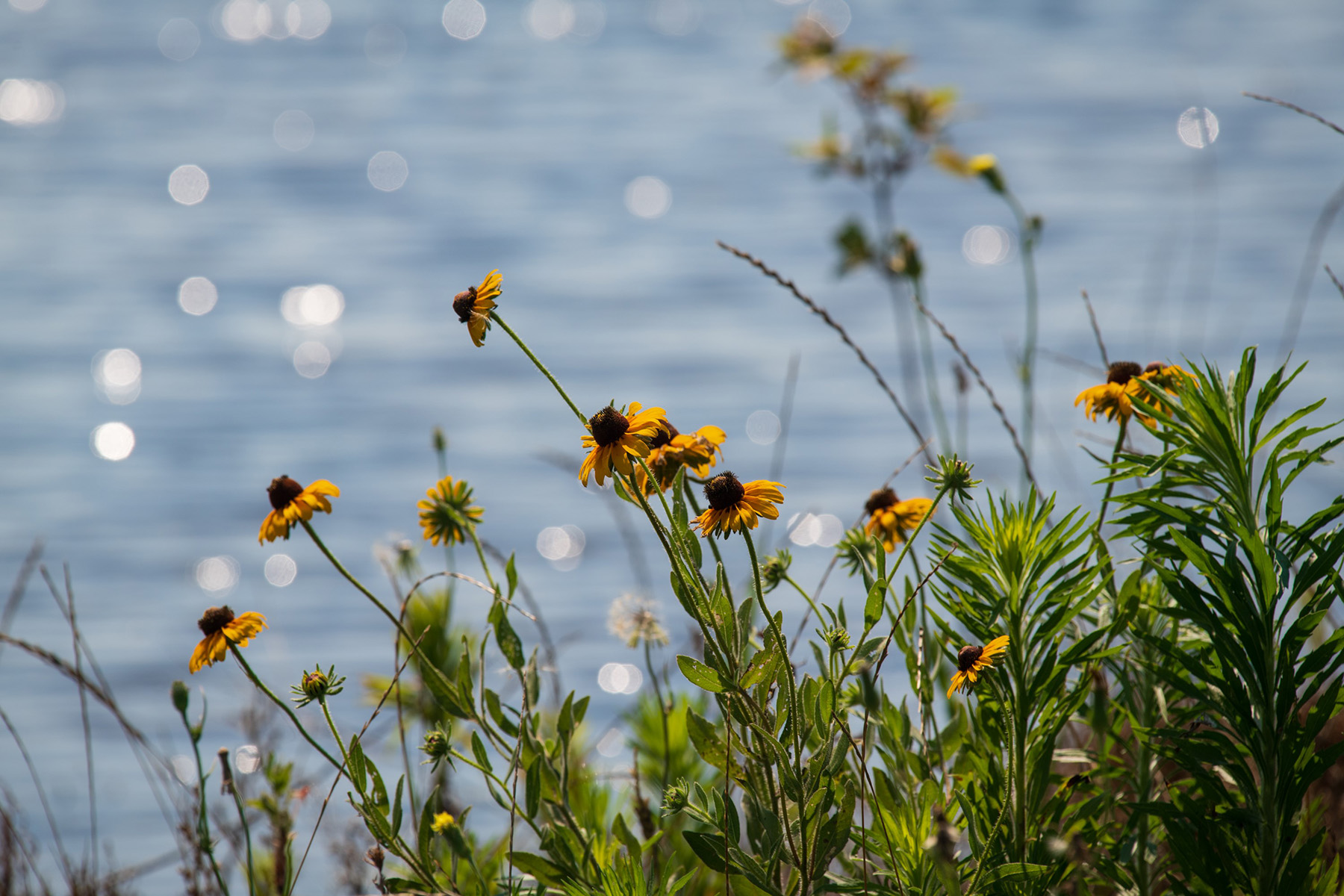
For these reasons, repairing Willow Branch was an immediate focus of the entire Bois d’Arc Lake restoration project, with work beginning in October 2018. However, repairing a stream of this size took extensive and careful planning. One of the design team’s first steps was to determine where the creek ran before it had been channeled to accommodate the ranch’s agricultural needs. The team turned to historic aerial photos and maps to see where the old channels had run and then redesigned the stream to connect to these historic remnants. The result was a much longer and far more stable stream design.
After the creek’s location was selected, project designers also had to decide how its profile (the shape of it when viewed from the side) should look. They also had to determine the best soils and materials to layer to stabilize Willow Branch’s banks so that the newly created bends would not erode with heavy rains. Finally, because the team was not only restoring the stream but also the entire Willow Branch watershed — including riparian areas, floodplains, wetlands, and uplands — the design process had to take into account the current condition of the creek as well as how the entire watershed would appear in 20 years with the new vegetation fully matured.
Twists, turns, and dips
For nine months, the engineering team redesigned the stream. The redesign was planned in phases, starting with the tributaries in the upper western part of the ranch’s watershed and working toward the east downstream. Six months into design, reconstruction began. Crews started at the most natural upstream point of the existing Willow Branch and for 2 mi constructed a new channel alongside the existing one, making sure to create plenty of bends. The next step was to turn the new channel east to connect back to the historic channel remnants, filling the existing streambed, and building the restored channel across it to get to the other side.
Every tributary and every “reach,” or length, of every tributary had distinctive challenges. Because the soil types on Riverby Ranch vary greatly, every vertical and horizontal foot of the design had to be tailored to the soil type and grade while also considering the vegetation to be planted in the area.
The size of the project provided a unique opportunity for the various teams. The engineering team was able to work collaboratively with ground crews and adjust its designs for other parts of the stream based on what was working well on-site. As construction crews completed reworking the smaller streams, they noted how rain and water flowed. The design team quickly learned which stabilization techniques worked best for each soil type on the ranch and adjusted its designs accordingly. This saved RES crews from having to rework channels as they restored them farther down the stream.
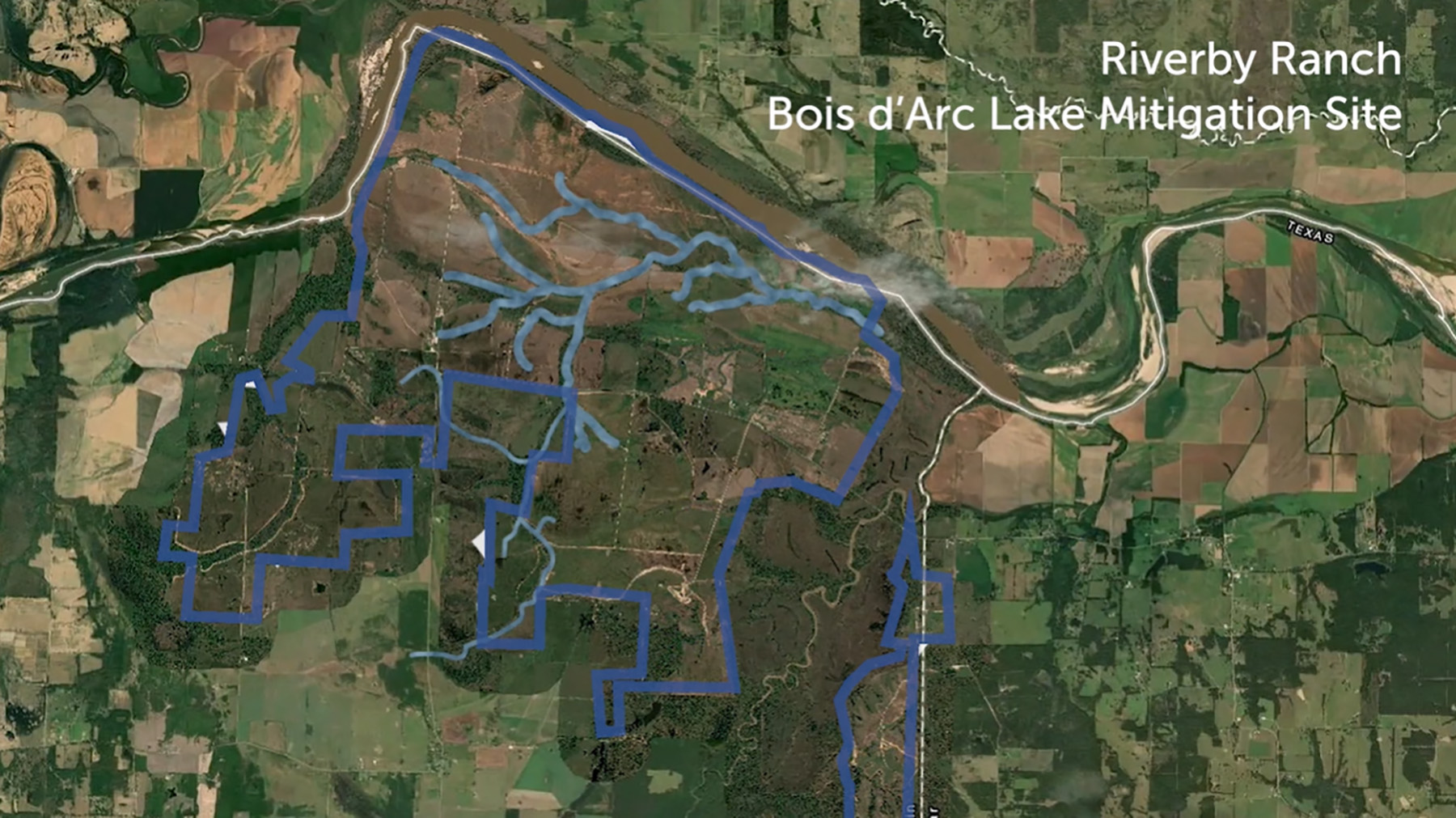
In addition to layering different soils for stream restoration, RES used a variety of local resources and cutting-edge techniques to redirect and repair the waterway. Team members cut and placed native grass hay bales, tree trunks, and rocks at angles that were engineered to guide water through the new channel until new vegetation could stabilize the streambanks. Larger tree trunks and boulders were placed to “step” water down in areas of steeper grade as well as provide habitat for aquatic flora and fauna that feed local wildlife. With most of the materials for this process originating on-site, these efforts created a uniquely sustainable project.
The team also took measures to prevent heavy rains from eroding soil into the stream. They layered antierosion matting on the banks, sowing them with native grass seed specifically bred for the creek, and planted live stakes (cottonwood and black willow cuttings harvested on‐site at the Red River that will grow into full trees) on the streambanks and native tree saplings over 100 ft back on both sides of the stream. Texas native grass seeds were planted nearby to help restore native grasslands.
These native grass seeds also served as a primary case study for the Texas Native Seeds Program, which is administered by the Caesar Kleberg Wildlife Research Institute at Texas A&M University‐Kingsville. NTMWD and RES are supporting this three‐year project that is dedicated to discovering which varieties of native grass species grow best in this area of North Texas. The native grasses will eventually be used at other nearby grassland restoration projects.
Filling in the original
After the new waterway was finished, the old, abandoned streambed had to be addressed. Filling in this channel also presented its own challenges. Because so much material had been washed downstream over the decades, there was not enough material to completely fill the old streambed. To stop rainwater from flowing through the abandoned Willow Branch, its channel was turned into a series of deep ponds for aquatic and wildlife habitats. RES collected materials from around the ranch to create nine “plugs” along the old channel that would stop and redirect rainwater. At the same time, team members created pools surrounded by mature trees that provide food and nesting material for wildlife.
By the end of 2020, teams had restored approximately 6 mi of the main Willow Branch channel and 11 mi of its tributaries, completing work on the stream. As of this spring, the entire Bois d’Arc Lake mitigation project was running a year ahead of schedule. Construction on the entire reservoir project, including mitigation work, is scheduled to finish by February 2023.
The plan works
Initial monitoring shows the benefits of the stream’s restoration. The new and improved Willow Branch Creek is holding rain in the local water table longer, allowing it to nourish the new wetlands, trees, shrubs, and grasslands. It is also providing much cleaner water to the Red River and downstream to the Gulf. These benefits should continue for the foreseeable future. In the meantime, RES will continue to monitor the site regularly. Every quarter, the U.S. Army Corps of Engineers — which oversees the project — and other interested agencies gauge the success of the mitigation of the lake’s stream and habitat restoration. To date, all agencies are pleased with the project’s success.
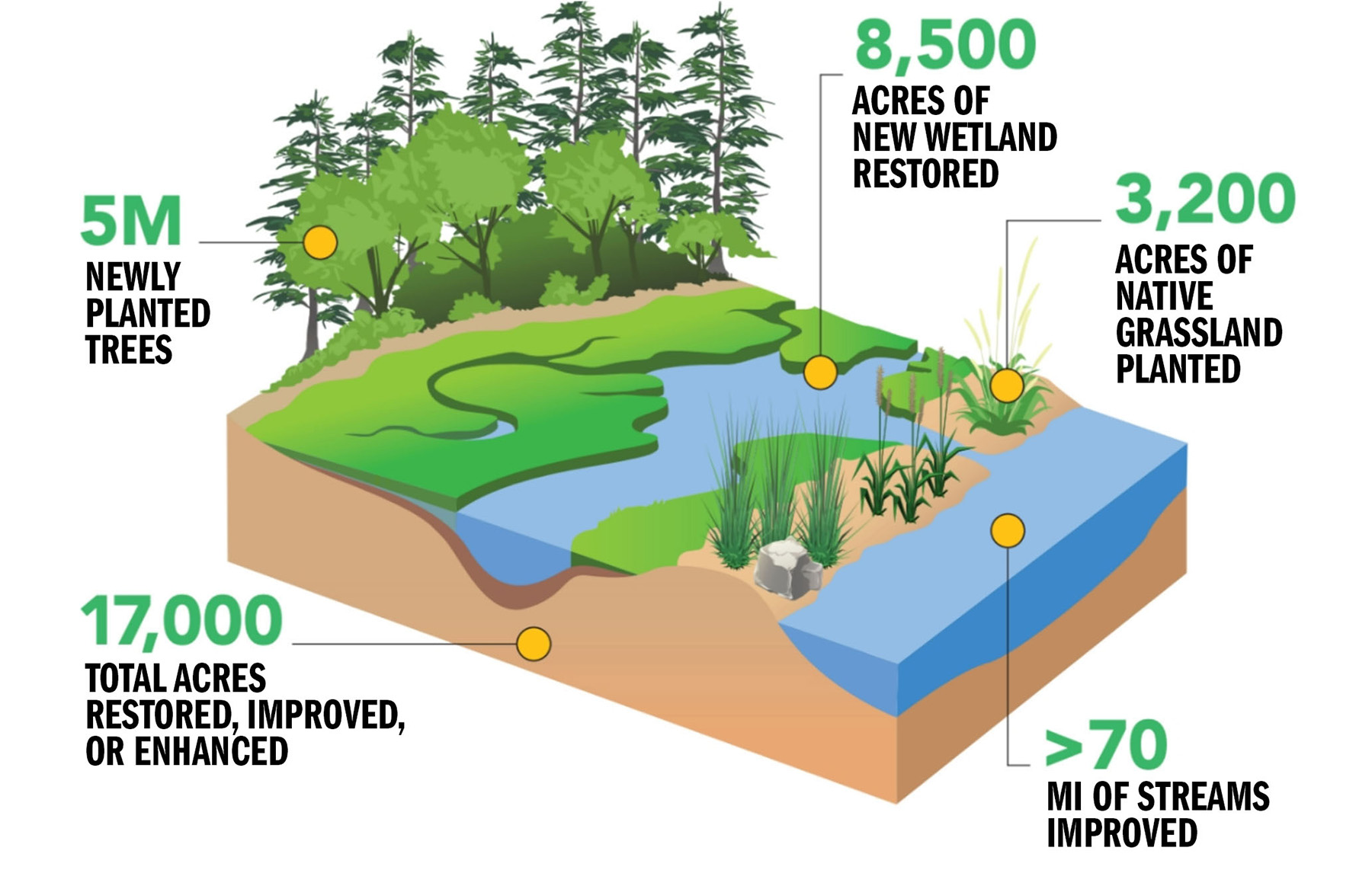
As with many large‐scale ecological restoration projects, it was difficult to successfully develop a plan based solely on the limited information available before improvements began. Willow Branch Creek’s rejuvenation is an excellent example of what can be achieved when collaboration is a central component of the process.
NTMWD and Freese and Nichols provided specific performance standards (i.e., number of miles of stream to restore, what aquatic plant species to use, etc.), and RES was given the freedom to decide how to best meet those goals. This approach reduced project risk and costs and allowed all stakeholders to participate within their areas of expertise, innovate more effectively, and make well‐informed, on‐the‐ground project adjustments.
Now that the restorative work on the stream system is complete, NTMWD and its contractors look forward to seeing the fruit of this partnership as the project comes to maturity. Willow Branch Creek, Bois d’Arc Lake, and nearby restorations will greatly enhance the natural environment and continue to benefit North Texas residents for decades to come.
Steve Long, P.E., is a senior engineer at Freese and Nichols Inc., and program manager for the Bois d’Arc Lake project. Long recently retired from NTMWD as the reservoir project manager and is staying on until Bois d’Arc Lake is complete. Matt Stahman is the director of regulatory for Resource Environmental Solutions in Bellaire, Texas, and oversaw mitigation work on the Bois d’Arc Lake project.
For additional information on the Bois d’Arc Lake project, including its various components and construction, visit boisdarclake.org.
PROJECT CREDITS
Owner: North Texas Municipal Water District, Wylie, Texas
Preliminary design: Freese and Nichols Inc., Fort Worth, Texas
Mitigation plan: Freese and Nichols
Contractor: Resource Environmental Solutions, Bellaire, Texas
This article first appeared in the November/December 2021 issue of Civil Engineering as “Following Nature's Lead.”



